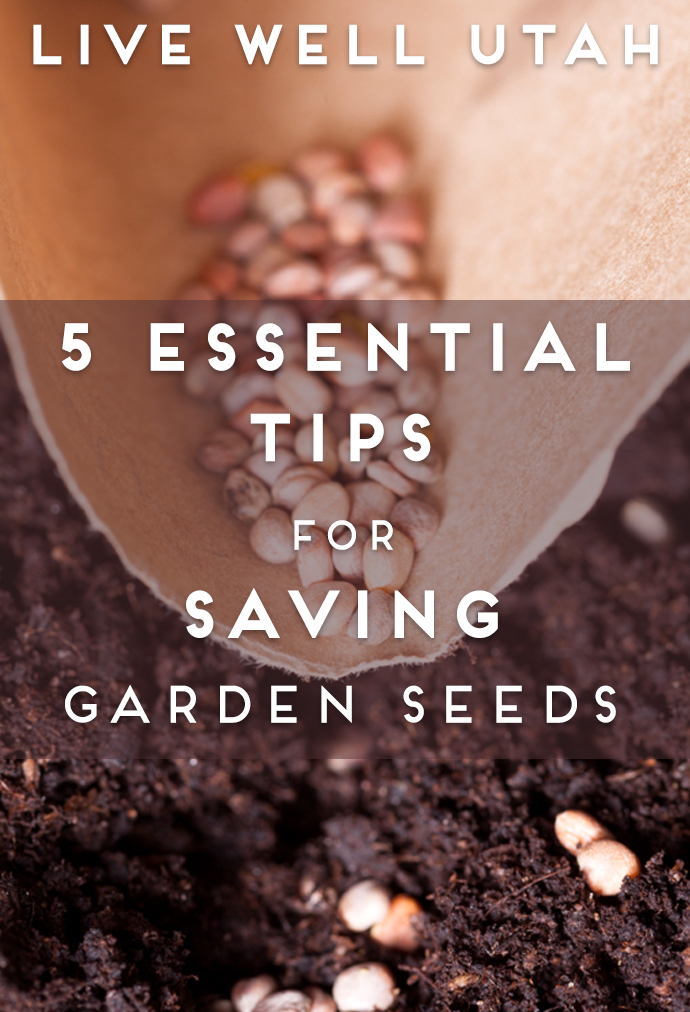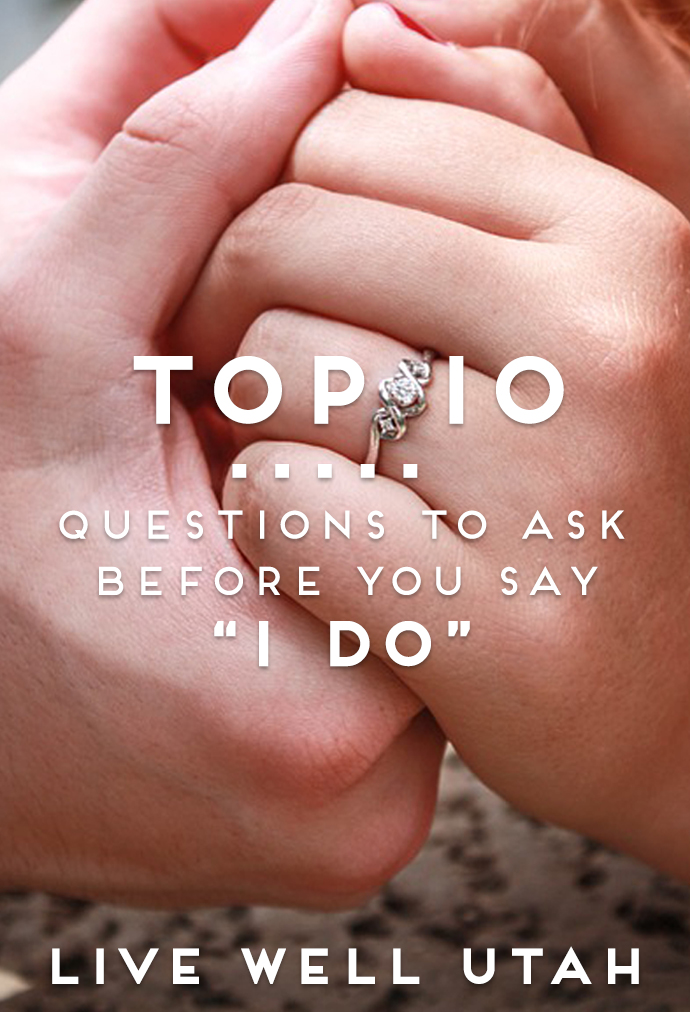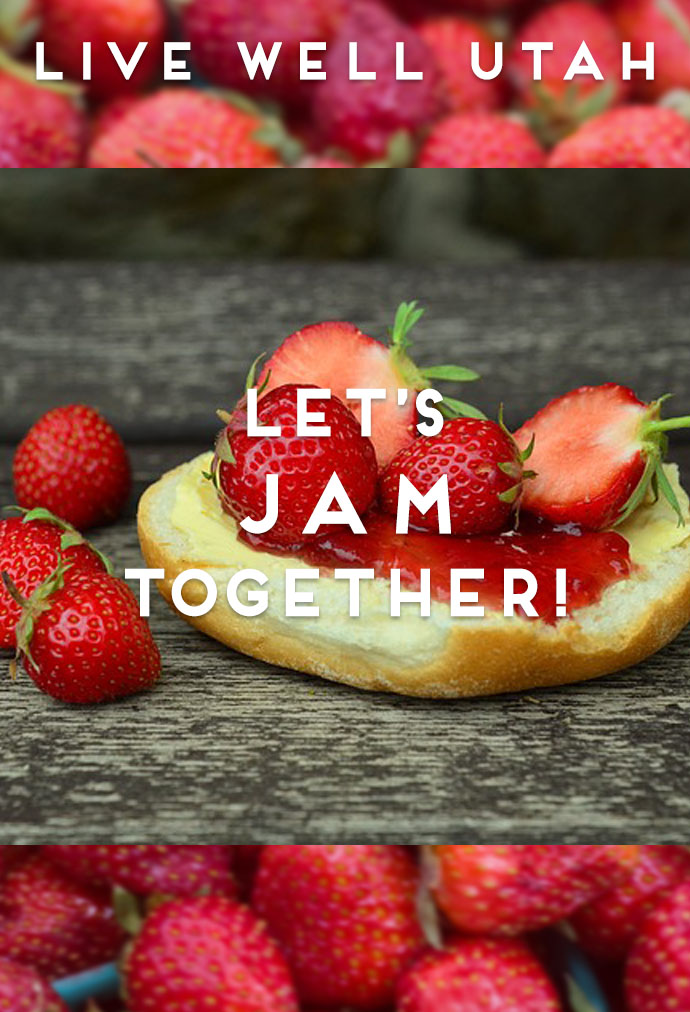
When life gets busy, it’s easy to get into the routine of dinner and a movie. Here’s a reminder that it’s fun and easy to add something new and different to your dating scene!
No More Popcorn!
Author – Naomi Brower
Your challenge, if you choose to accept it, is to pick one fun date night and make it happen this month.Think outside of the movie theater and add some excitement to your dating life! Here are a few ideas for date nights that I think are pretty fun and inexpensive to get your creativity going:
• Have a romantic picnic. Give your taste buds a new experience as your try new varieties of cheese (yum!) paired with sparkling cider and fresh fruit. For extra fun, add a blindfold and try to guess the type of cheese your sweetheart is feeding you.
• Go on a “vacation” for the night. Pick a destination and then eat food and do activities that would be similar to what you’d do if you were there. Or, attend a travel expo and dream about places you want to go. For extra credit, make a collage of pictures from all of the travel books you pick up and put it somewhere in your house. (Yes, I really have this hanging in my house.)
• Play glow in the dark tennis, volleyball, Frisbee, or golf. You can buy many of these items at local stores for $20 or less.
• Cultivate your green thumb. Attend a class together at one of the local USU Extension offices or botanical gardens. Put your new knowledge to work in your yard.
• Look for “the best______” (fill in the blank) in the area. For example, spend time comparing places for creating “the best” echo or places that sell “the best” frozen yogurt (my favorite!).
• Take a hike. Explore a new hiking trail in your area and then enjoy snacks as you take in the view at your final destination.
• Have a fondue party. Melt chocolate or cheese and dip veggies, meat, bread and treats. (Fondue pots are helpful but small crock pots also work well.)
• Go window shopping. Check out the latest electronic gadgets. Get ideas for decorating your home. Try on a new clothing look. Take some goofy photos together. (This is the perfect opportunity to get gift ideas for your sweetheart for future occasions!)
• Have a progressive dinner for two. Go to several different restaurants, enjoying a yummy appetizer at one, your favorite main course at another and the dessert you’ve been craving at the last.
• Take a trip down memory lane. Watch your wedding video or look at your old photo album of when you first met. You might notice something that you missed the first time.
• Attend the Utah State University planned county date nights designed to provide inexpensive and fun dates for couples, while learning relationship tips that will keep your relationship strong.
Not only is playing with your sweetheart fun, but spending time playing as a couple can increase feelings of closeness, improve communication and help couples to unite, which can help them when overcoming differences and challenges.
For additional inexpensive date night tips, as well as tips, classes and resources on building healthy relationships, see www.strongermarriage.org.
What are your favorite fun and inexpensive date night ideas?
This article was written by Naomi Brower

Naomi Brower is an Extension Associate Professor for Utah State University. She has a Masters of Family and Human Development from Utah State University. Often called the relationship guru by friends, Naomi is passionate about helping others improve the quality of their lives through creating and strengthening their relationships with others.
References
http://strongermarriage.org/













